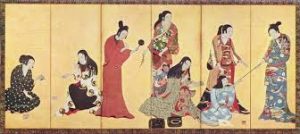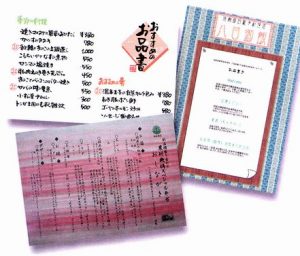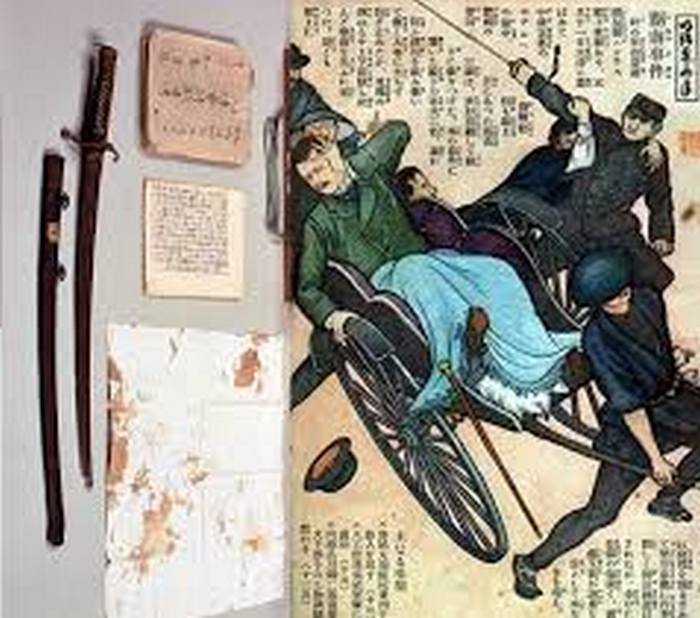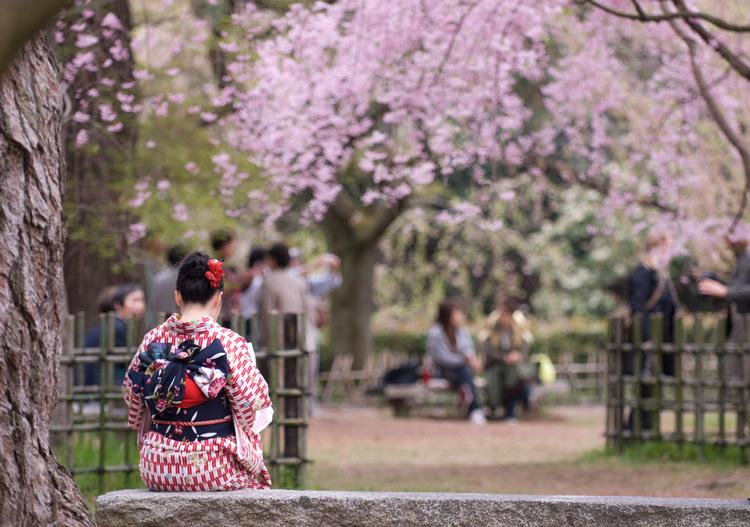found himself
CLOTHES IN TRADITIONAL JAPANESE ARTS
 In today’s world, traditional clothing naturally gives way to a European dress. Kimono is also subject to change. Now it is made using modern dyeing and weaving technologies. Its decoration changes according to demand. The national costume, along with other cultural phenomena, has become a platform for experiments in attempts to find new opportunities for its development and transformation today. But despite any social and cultural changes, the world of traditional arts in Japan remains almost unchanged, which makes this country unique in the eyes of the whole world. Continue reading
In today’s world, traditional clothing naturally gives way to a European dress. Kimono is also subject to change. Now it is made using modern dyeing and weaving technologies. Its decoration changes according to demand. The national costume, along with other cultural phenomena, has become a platform for experiments in attempts to find new opportunities for its development and transformation today. But despite any social and cultural changes, the world of traditional arts in Japan remains almost unchanged, which makes this country unique in the eyes of the whole world. Continue reading
Japanese Restaurant Menu
 The theater, as you know, begins with a hanger, and restaurants in Japan with osinagaki, the menu. Externally, menus often resemble, without exaggeration, works of art. There are oshinagaki, which are written with a brush on thin rice paper in the style of famous masters of calligraphy. In many restaurants, the texts of the menu are not inferior in artistry to the design. The list of dishes sometimes resembles the classic poetic three-verses. In any case, many images from poetry migrated to Osinagaki. In autumn, for example, you will be offered momiji oroshi. Momiji is a scarlet autumn maple leaves, a traditional poetic image, and osi, literally, is something passed through a grater. The Japanese mood is also caused by a dish with a name such as tsukimi van. A van is a thick vegetable soup with meat or fish in a wooden bowl. And tsukimi is an autumn ritual of admiring the reflection of the moon in water-flooded rice fields. Again in the name of the dish is a hint of the season. Late autumn is associated with boiled shigure-ni dishes. Sigure – translated autumn drizzle, but not cooking. Continue reading
The theater, as you know, begins with a hanger, and restaurants in Japan with osinagaki, the menu. Externally, menus often resemble, without exaggeration, works of art. There are oshinagaki, which are written with a brush on thin rice paper in the style of famous masters of calligraphy. In many restaurants, the texts of the menu are not inferior in artistry to the design. The list of dishes sometimes resembles the classic poetic three-verses. In any case, many images from poetry migrated to Osinagaki. In autumn, for example, you will be offered momiji oroshi. Momiji is a scarlet autumn maple leaves, a traditional poetic image, and osi, literally, is something passed through a grater. The Japanese mood is also caused by a dish with a name such as tsukimi van. A van is a thick vegetable soup with meat or fish in a wooden bowl. And tsukimi is an autumn ritual of admiring the reflection of the moon in water-flooded rice fields. Again in the name of the dish is a hint of the season. Late autumn is associated with boiled shigure-ni dishes. Sigure – translated autumn drizzle, but not cooking. Continue reading
What to try in Japan?
 The country has managed to maintain ancient traditions, but at the same time prefers to follow the ultramodern development path. Here, the cities of the future strangely coexist with the wonders of nature, and martial arts are taught in schools along with programming. Like everything in Japan, local dishes are admirable.
The country has managed to maintain ancient traditions, but at the same time prefers to follow the ultramodern development path. Here, the cities of the future strangely coexist with the wonders of nature, and martial arts are taught in schools along with programming. Like everything in Japan, local dishes are admirable.
Japan is a world of unimaginable contrasts. The country has managed to maintain ancient traditions, but at the same time prefers to follow the ultramodern development path. Here, the cities of the future strangely coexist with the wonders of nature, and martial arts are taught in schools along with programming. Like everything in Japan, local dishes are admirable. Traditional goodies are often quite nutritious and consist predominantly of fresh seasonal produce. So, let’s choose the most popular dishes, Continue reading



